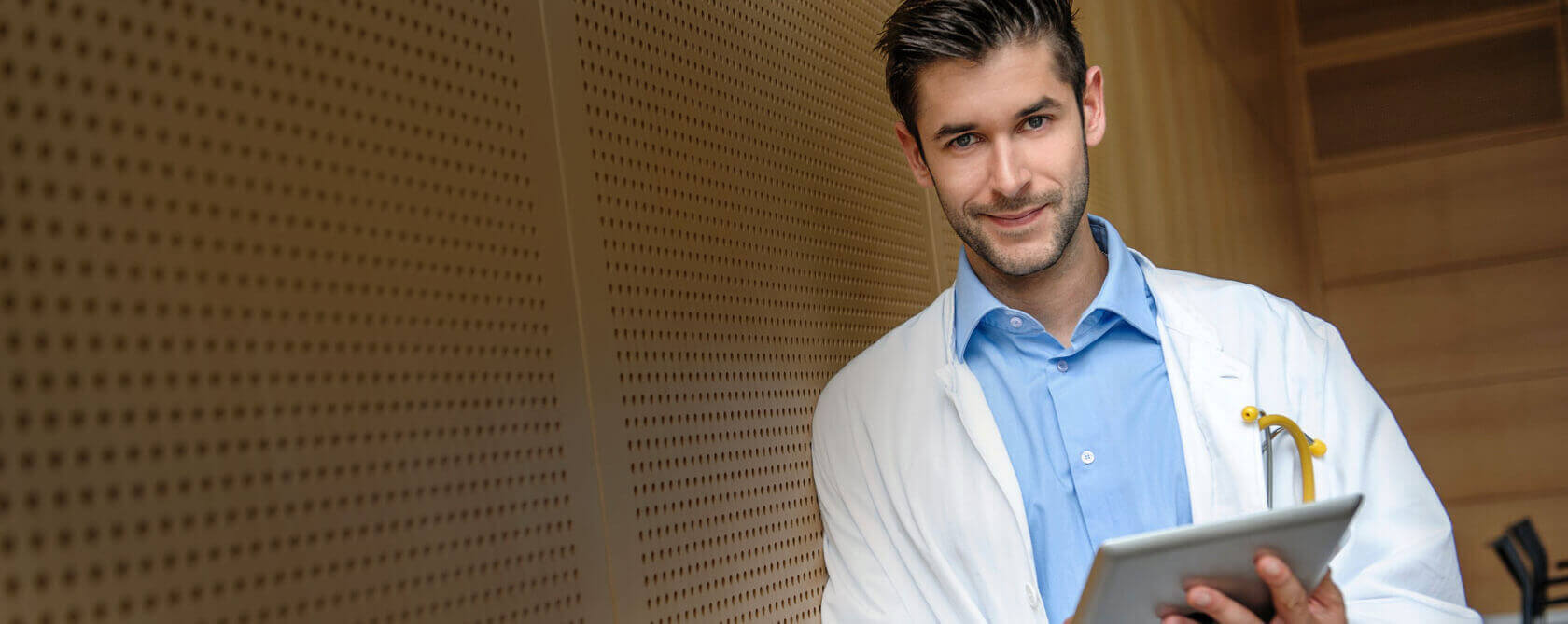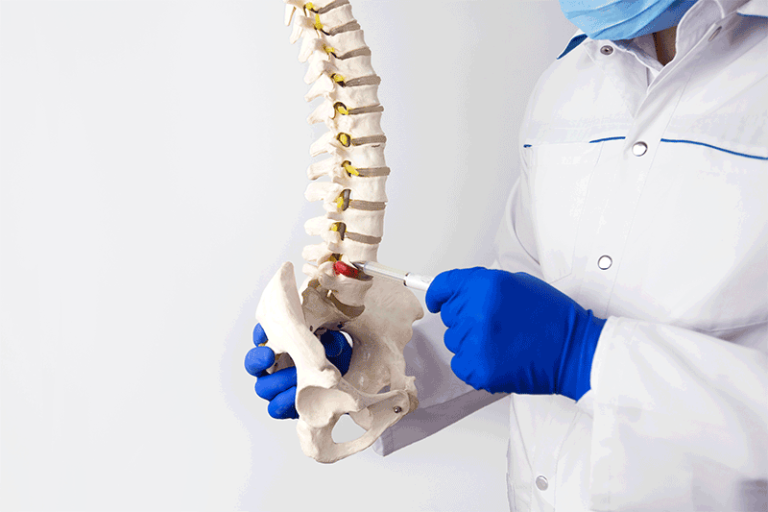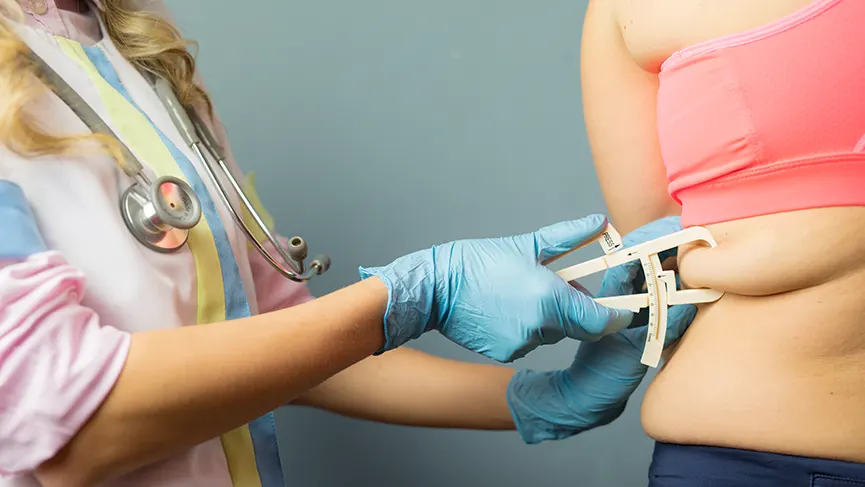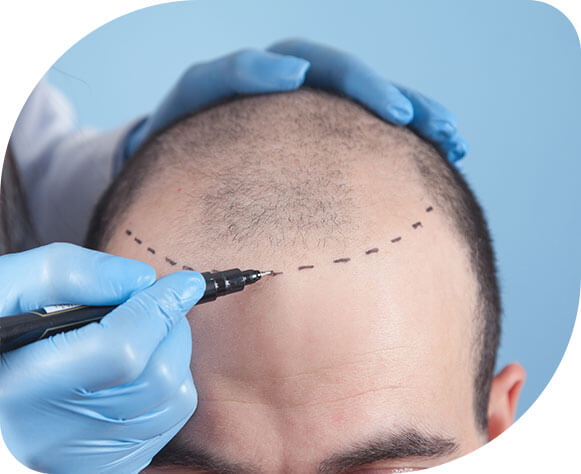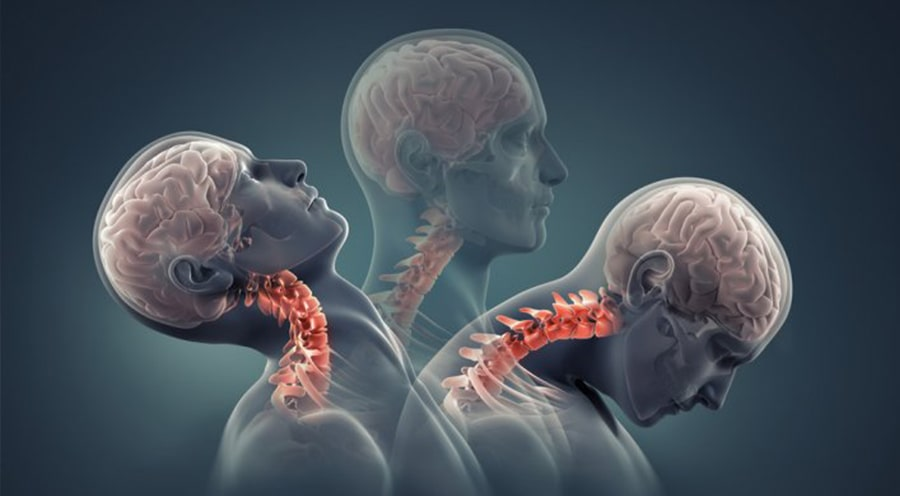Treatments for Lumbar Herniated Discs
Our spine is a very important part that keeps us standing in every sense. Any problem that may occur in our spine affects and complicates our healthy posture in life. Lumbar disc herniation is a very important problem affecting the quality of life of millions of people around the world. Prometeymed, your holistic health consultant, is with you for the correct analysis and treatment of this problem.
The most important contributions of Prometeymed to the process include multidimensional diagnosis of herniated discs, identification of the factors that cause herniated discs, collaborations with specialist physicians and clinics all over the world, and selection of the most appropriate treatment center for the patient.
Prometeymed is responsible for all details – travel planning, accommodation, care and so on – to ensure that the patient has a comfortable treatment process.
We have brought together all kinds of details about the herniated disc problem that reduces the quality of life for you.
Lumbar Herniated Disc
The spine is one of the most functional body parts in nature. More than 50,000 animal species have a spine. In humans, the spine consists of 33 ring-shaped bones (vertebrae) and 23 discs (hard, rubbery connective tissue filled with a jelly-like substance). The discs and vertebrae are stacked on top of each other like a very long row of pretzels. The holes in each component are aligned to allow the spinal cord to pass through and provide a protective bony sheath.
However, the strong and flexible structure of the spine can also be its greatest weakness. In addition to providing space and cushioning, the discs in the spine allow for dynamic alignment of the vertebrae. Yet, in the very act of doing their job, the discs in the spine can be vulnerable to damage. They can be torn by a blow, a bone spur or the edge of a fracture, or even simply worn out over the years through daily use.
When a disc becomes so damaged that the hard outer tissue tears and allows the gel-like center to leak out, this is known as a herniated disc. A herniated disc is associated with this condition.
What is a Herniated Disc
A herniated disc is damage to the spine. Your spine is a series of bones (vertebrae) that run from the base of your skull to your tailbone. Between your vertebrae are round cushions called discs. The discs act as a cushion between your bones, allowing you to bend and move easily. When one of these discs tears or leaks, this is called a herniated disc.
What are the symptoms of a herniated disc?
Symptoms of a herniated disc include the following:
- Pain in the back or neck
- Numbness
- Tingling
- Weakness in the arm
- Sciatica: Pain radiating from the lower back to the leg
- Difficulty lifting, grasping and holding objects
- Problems with coordination, gait and general balance
- Loss of control over one’s bladder or bowels
Back or neck pain caused by strains or sprains responds to treatment within days or weeks on average. Medications such as certain painkillers, gentle stretching, ice packs and rest are traditional ways of treating pain caused by a herniated disc.
Back pain that lasts longer than three months may be an indication of a herniated disc.
Lumbar Hernia Treatment
Most people with a herniated disc respond well to conventional treatments and in most cases a herniated disc does not require surgery.
In addition to the physical therapy and pain medication recommended by your doctor, here are a few things you can do to feel better:
- Reach a healthy weight. Excess weight can worsen compression in the spine, so losing some weight can relieve pain.
- Quit smoking. In addition to contributing to chronic disease, smoking is a major risk factor for degenerative disc disease, especially in the lower back and neck.
- Do light activities. Bed rest may be tempting, but it can lead to more muscle stiffness and weakness.
- Do basic exercises. You may want to strengthen the muscle support in your abdomen and back. Your doctor or physiotherapist can recommend movements that are safe for you.
- Consider an epidural steroid injection: Your doctor may recommend this injection as a minimally invasive procedure that can reduce inflammation in the affected nerve. The relief usually lasts for about three months, which may be enough for your back to heal, so you may not need a follow-up injection.
Lumbar Herniated Disc Surgery
Although most patients with a herniated disc respond well to non-surgical treatments, some patients need surgery. In general, surgery should only be considered after several months of trying non-surgical treatments. Many surgical procedures can be performed using minimally invasive techniques (less cutting). These techniques result in smaller incisions, shorter hospital stays, less pain after surgery and faster recovery.
The most typical surgery for a herniated disc is a discectomy. This is a surgical procedure that removes all or part of the damaged intervertebral disc. If the problem is in the neck, this procedure is usually done from the front and is called an anterior discectomy. Sometimes the surgeon may remove some of the bone covering the nerve, creating more space for the disc and nerve. This procedure is called a laminectomy.
More recently, surgeons have been performing discectomies using a variety of less invasive techniques. In these techniques, surgeons perform the entire operation through a very small incision or through a tube that allows them to insert a small camera and special surgical instruments. Sometimes the disc is replaced with an artificial disc, but this is more common in the neck than in the lower back.
Sometimes more than one procedure may be needed to reduce pain. Other spine surgeries include:
- Anterior Cervical Discectomy and Fusion: It is a procedure that reaches the cervical spine (neck) through a small incision in the front of the neck. The intervertebral disc is removed and a procedure is performed to fuse the vertebrae over time.
- Cervical Corpectomy: An operation that removes part of the vertebra and adjacent intervertebral discs to allow decompression of the cervical spinal cord and spinal nerves. A bone graft or, in some cases, a metal plate and screws are used to stabilize the spine.
- Laminoplasty: A procedure that reaches from the back of the neck to the cervical spine (neck). The spinal canal is then reconstructed to make more room for the spinal cord.
- Spinal Fusion: A procedure that often involves instrumentation and bone grafting to stabilize the spine. Instrumentation refers to medical devices such as cages, plates, screws and rods. There are different types of bone graft materials, including the patient’s own bone (autograft), donor bone (allograft) and bone morphogenetic protein. Spinal fusion may be included in another surgical procedure such as a discectomy or laminectomy.
- Spinal Laminectomy: A procedure aimed at relieving pressure on the spinal cord to treat spinal stenosis. Part of the lamina (part of the vertebra) is removed or cut away to widen the spinal canal and create more space for spinal nerves.
If your doctor recommends surgery, always ask about the purpose of the surgery, your expected results and possible complications. Your doctor will be happy to refer you to a specialist to re-evaluate your condition.
Exercises for Lumbar Disc Herniation
You do not need to endure an intense cardio program or lift weights; simple stretching and aerobic exercises can effectively control herniated disc pain.
Stretching programs for herniated discs, such as yoga and Pilates, increase strength and flexibility and provide relief from acute pain in your leg and lower back.
Your doctor may also recommend dynamic lumbar stabilization exercises. This program includes exercises that work the abdominal and back muscles to address posture, flexibility and strength.
Moderate exercise such as walking, cycling or swimming can often help to relieve the pain associated with a herniated disc. Some aerobic activities may be more suitable for your particular situation. Talk to your doctor about which exercises will help you best.
When starting an aerobic exercise program, it is healthy to start at a slow pace and gradually increase the pace each day. The goal can be considered to smoothly reach 30 to 40 minutes of activity 5 days a week.
Exercise can be an enjoyable and satisfying way to treat the symptoms associated with a herniated disc. You and your doctor can work together to develop a program that you can stick to and that will reduce your pain. Ultimately, exercise will help you feel better and help relieve your pain from a herniated disc.
